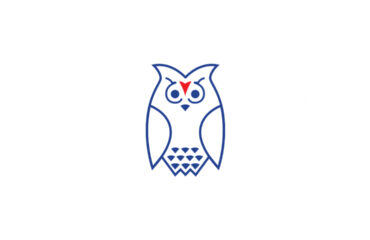The Role of Metaphor and Analogy in Creativity, Science, and Art
Metaphor and analogy are powerful tools that are used in a variety of fields, including creativity, science, and art. These tools allow us to understand and communicate complex ideas and concepts in a more accessible and relatable way and are an important part of the creative process in many different fields.
In the realm of creativity, metaphor and analogy play a key role in the generation of new ideas and solutions. Creativity involves the ability to think outside the box and to see things in new and different ways, and the use of metaphor and analogy can help us to make connections between unrelated ideas and to view problems and challenges from a fresh perspective. For example, when faced with a problem that seems unsolvable, we might use an analogy to a similar problem that has been solved in the past to help us come up with a solution. Similarly, the use of metaphor can help us to understand complex ideas by comparing them to something more familiar or relatable.
In science, metaphor and analogy are often used to explain complex concepts to a wider audience. Scientists often use metaphors to describe the behavior of subatomic particles, or to explain the principles of quantum mechanics in a way that is more relatable to the public. Analogies can also be used to help people understand scientific concepts by comparing them to familiar ideas or phenomena. For example, the concept of the Big Bang Theory, which explains the origins of the universe, might be explained using an analogy to a balloon being blown up and then burst. This analogy helps to make the complex concept of the Big Bang more accessible and understandable to a general audience.
Metaphor and analogy also play a central role in art, where they are used to add depth and meaning to works of art. For example, a painter might use a metaphor to convey a certain emotion or idea through their work, or a poet might use an analogy to describe something in a more evocative way. In literature, metaphor and analogy are often used to add layers of meaning to a work, allowing it to be interpreted on multiple levels. For example, a novel might use the metaphor of a journey to represent the protagonist’s personal growth and development. This allows the reader to engage with the work on a deeper level, and to draw their own conclusions about the meaning and themes of the work.
The use of metaphor and analogy is not limited to any one field, and these tools are used in a variety of disciplines to help communicate complex ideas and to inspire creativity. In education, for example, the use of analogy can be a powerful tool for helping students to understand abstract concepts and can be used in a variety of subject areas, from math and science to literature and the arts. Similarly, in business and management, the use of metaphor and analogy can be a valuable tool for helping to communicate ideas and strategies to employees and stakeholders.
Overall, the use of metaphor and analogy is an important part of both creativity and the creative process and is a key component of many artistic and scientific endeavors. By understanding the power of these tools, we can better appreciate the ways in which they are used to communicate complex ideas and to inspire creativity in many different fields.




